Quality of vision: why eyes hurt
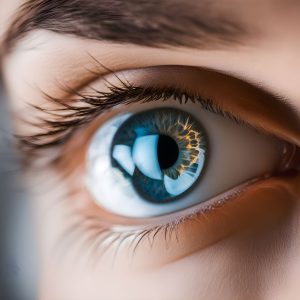
Understanding eye strain and how to prevent it
Eye strain is normal these days, especially since more and more people use digital gadgets. I remember sitting in front of my computer for hours on end and getting tired, hurting my eyes at the end of the day. Who did it? Eye strain from screens. Because our eyes are always focusing and refocusing, staring at computers for long periods of time can be painful. Screens give off blue light that can also make it hard to sleep, which makes the problem even worse.
After yet another long day on my PC, I chose to do something one day. Every 20 minutes, look at something 20 feet away for at least 20 seconds. This is the 20-20-20 rule I learned. It was clear that this simple method made a difference. It was easier on my eyes, and I could work for longer amounts of time without getting tired. Changing my screen’s brightness to match the lights around me also helped ease the strain.
Having the right lights in my office also made a big difference. I used to work with bright electric lights that made my eyes hurt even more. It made a big difference when I switched to softer, warmer lighting and made sure my work area was well-lit without being too bright. Also, put your screen where it will get the least amount of glare from windows and ceiling lights.
I also learned how important it is to blink often. We blink less when we look at screens, which can make our eyes dry. I tried to blink more often to stop this from happening, and it really helped keep my eyes moist and comfy. On days when it was really dry, using fake tears sometimes also helped.
Another successful approach was to buy a good pair of computer glasses. These glasses are made to block blue light and lower glare, which makes using a computer more enjoyable. Since I started using them, my headaches and eye strain have gotten a lot better.
Lastly, it’s important to maintain good balance and a comfortable workstation. My screen was at eye level and about an arm’s length away after I changed the height of my chair and desk. This setup made it easier on my neck and shoulders, which helped my eyes in a roundabout way. Taking frequent stops to stretch and move around also helped me feel better overall.
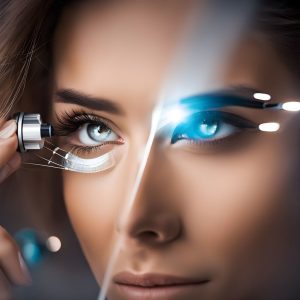
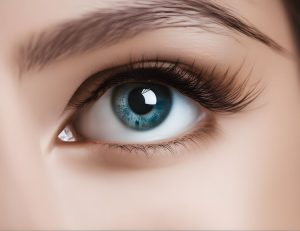
Dry Eyes: Causes and Symptoms
When your eyes are dry, it can be very annoying. My eyes used to feel scratchy when I woke up, and by the end of the day, they were red and itchy. When your eyes don’t make enough tears or the tears dry out too fast, you get dry eyes. Tears are important for keeping the eye’s surface clean and smooth, and they also keep the eyes from getting sick.
I began to understand that my dry eye problems were greatly affected by things in my surroundings. Since I lived in a dry and windy place, my eyes were always exposed to things that made the dryness worse. I put a humidifier in my house to make the air more wet, and it made a big difference. On days with a lot of wind, keeping my windows closed also helped calm the anxiety.
Surprisingly, what I ate helped me deal with dry eyes. Omega-3 fatty acids, which can be found in flaxseed and fish like salmon, help the eyes make healthy tears. When I ate more of these things, I noticed that my eyes felt better. It also seemed to help to stay refreshed by drinking a lot of water during the day.
Another important nutrient for eye health is vitamin A. Carrots, sweet potatoes, and fresh greens are all high in vitamin A, so I made sure to eat them at every meal. These changes to my diet improved the health of my eyes generally and eased the symptoms of dry eyes.
Using fake tears became a regular part of my life. It took a few tries to find the right brand, but once I did, the preservative-free choice that worked for me was very helpful. I used them several times a day, especially after being in dry air or in front of a computer for a long time.
I also learned how important it is to clean my eyelids properly. Using a warm, wet cloth to gently wipe my eyelids clean helped get rid of any dirt and oil that might have gotten stuck in the glands that run along the edge of my eyes. This simple habit made my tears better and lessened the redness that often came with having dry eyes.
Finally, I learned that wearing full sunglasses outside is a good idea. I wore these glasses to protect my eyes even more from wind and bright sunlight, which can do that. These changes have made it much easier for me to deal with my dry eyes, so I can go about my day without being in pain all the time.
These changes made a big difference in my daily life; they also made my dry eye complaints less frequent and less severe. To keep your eyes healthy, you should find what works best for you and make small changes over time.
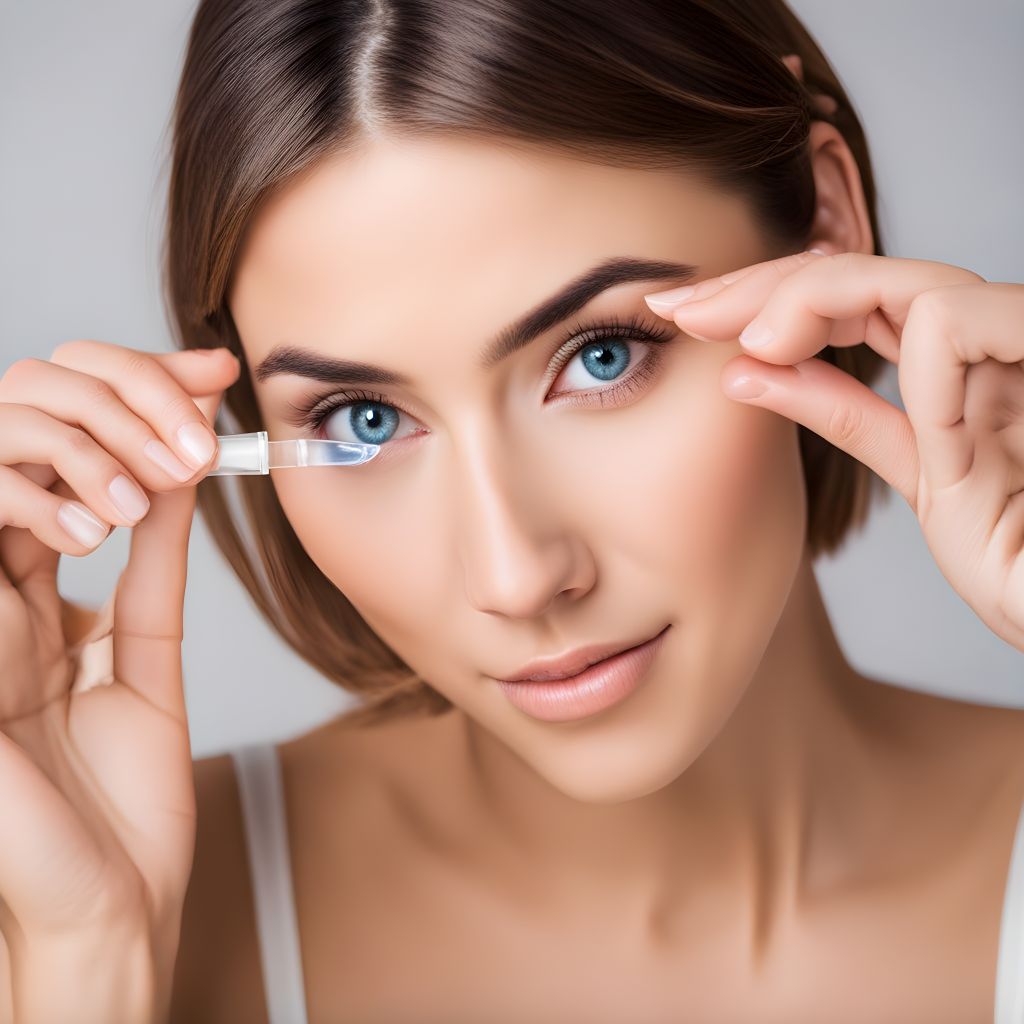


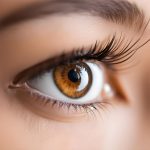
Common Eye Infections and Inflammations: What You Need to Know
Infections and swelling in the eyes can be very painful and even scary at times. I remember that one morning when I woke up, my eyes felt rough and crusty. I was told I had conjunctivitis, which is also called “pink eye,” after going to the eye doctor. This is a common illness that can be caused by bacteria, viruses, or allergens. It makes the skin red, itchy, and mucusy.
I learned how important it is to keep your eyes clean, as pink eye is easy to spread. I stopped touching my face and started washing my hands more often. During the infection, I also used different towels and pillows to stop the germs from spreading. Keeping the area around the eyes clean helped ease the discomfort and speed up the healing process.
Keratitis, which is inflammation of the eye, is another problem I had. An illness, an injury, or long-term use of contact lenses could trigger it. My eye hurt and was sensitive to light, so I could see things less clearly. It is essential to see a doctor if you have these symptoms, because keratitis can get worse if you don’t treat it.
I also dealt with blepharitis, which is another common inflammation disease, along with conjunctivitis and keratitis. Inflammation of the eyes can lead to redness, itching, and flakes on the eyelashes that look like dandruff. Using a warm compress and a light cleaner to gently clean my eyelids helped me control my symptoms. Regular cleaning kept the swelling from getting worse and prevented flare-ups.
Urgeitis, swelling in the middle part of the eye, was one of the more dangerous diseases I learned about. It may be linked to illnesses or inflammatory diseases. Eye pain, swelling, fuzzy vision, and sensitivity to light are all signs. This problem needs to be treated right away by a doctor so that effects like glaucoma or cataracts don’t happen.
I also got styes, which are painful bumps on the eyelid that are caused by oil glands getting sick. The pain and stiffness got better when warm compresses were used several times a day. While sores usually go away on their own, sometimes you may need to see a doctor if they don’t go away or keep coming back.
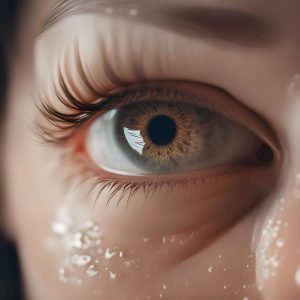
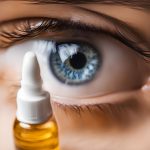
Injury Prevention and First Aid for Eye Trauma
Eye injuries can happen at any time, so it’s important to know what to do if you get one. In the yard, a small piece of dirt or dust flew into my eye, and I almost got hurt. Right away, there was a lot of pain and tears. I flushed my eye with clean water to get rid of the object instead of rubbing it, which could make the injury worse.
To keep this from happening again, I started wearing safety glasses when I did things like sports, farming, and home repairs. This safety measure made it much less likely that moving objects or accidental hits would hurt someone’s eyes. Kids need protective glasses even more because they aren’t always aware of possible dangers.
A tree broke off and hit me in the eye while I was hiking. It hurt really badly, and I could barely see. Remembering how to do first aid, I put a clean cloth over the hurt eye to protect it and went to the hospital right away. The doctor said it was a corneal abrasion, which is a scratch on the surface of the eye. With care and rest, it got better.
Chemical contact is another risk that could happen. While doing jobs around the house, I accidentally splashed cleaning solution into my eye. I knew to rinse my eye with lots of water for at least 15 minutes to get rid of the poison because it hurt right away. Quick action helped avoid serious harm, and I checked with a medical professional to make sure I didn’t need any more care.
Being hit in the eye with a hard object, like a ball, can do a lot of damage. When I felt that kind of contact during a game, I saw that my eye was swollen and bruised. Putting a cold bandage on the area helped reduce the swelling, but it was still important to see a doctor to make sure there wasn’t any internal damage, like a detached retina or broken bones around the eye socket.
If you wear contact lenses, you should be careful not to hurt your eyes when you handle them wrong. If you don’t clean or use something properly, you could get an illness or a scratch on the eye. Before touching my glasses, I always make sure my hands are clean, and I never wear them longer than the directions say to.
Read also – 5 Essential Vitamins for Enhanced Vision.